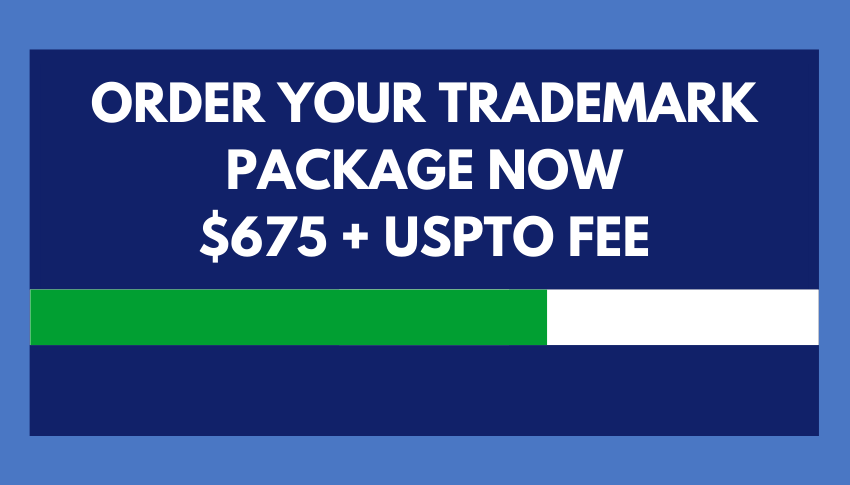During the federal trademark registration process, trademark applicants must overcome two major thresholds in order to obtain registration for their mark. First, the trademark application must pass review by the U.S. Patent and Trademark Office (USPTO) Examining Attorney who is assigned to review the application for likelihood of confusion and other application deficiencies. If the mark passes this initial review, it moves to the publication period, during which any interested party, including registered trademark owners or common law users, may oppose the mark based on likelihood of confusion with their trademark or other bases for opposition.
Most applicants will pass through the registration process without encountering opposition from a third party. But if your application happens to be opposed, here’s a brief primer on what to expect and how to defend your application during the process.
Approximately 4 months after your trademark application is filed with the USPTO, it is assigned to an Examining Attorney (Examiner) who is responsible for reviewing the application and determining whether, based on a number of factors and considerations, the mark should be permitted registration.
If the Examining Attorney determines after his or her review that the mark meets all the criteria for registration, and does not conflict with any prior registered marks or pending applications, the Examiner will approve the application for publication in the Trademark Official Gazette, the official weekly publication of the USPTO (application and publication information is also available on the USPTO website).
The publication period is 30 days, during which time any interested party may institute a trademark opposition proceeding against the alleged infringing mark or file a request for an extension of time to oppose. Trademark oppositions are like a federal trial and the proceedings are administered by the Trademark Trial and Appeal Board (TTAB). Once an opposition has been filed, the Examining Attorney is no longer involved with the application, and the proceeding must run its course before the TTAB unless the parties reach an earlier settlement.
To institute a trademark opposition proceeding, the interested trademark owner (“Opposer”) files a Notice of Opposition against the trademark applicant alleging likelihood of confusion and/or dilution of their brand name if the mark is allowed registration. The Opposer must file the Notice of Opposition and pay the applicable opposition filing fees ($400) during the publication period or within the extension of time to institute the proceeding before the TTAB.
The Notice of Opposition is served electronically on the trademark applicant, who then has 40 days to file an Answer or request an extension of time to answer. If the applicant fails to respond in a timely manner, the applicant will default and the case will be dismissed in favor of the Opposer. This will be the end of the applicant’s trademark process and the application will become abandoned, so it’s very important to respond to a Notice of Opposition as soon as possible.
Trademark oppositions proceed like any other form of litigation. Once a Notice of Opposition is filed, the TTAB will issue a trial calendar and set dates for the Answer, discovery period and other relevant events. Each party has an opportunity to gather evidence and information, file briefs and assert arguments in support of its position, if the case gets that far. Unlike most trials, however, the TTAB process is mostly virtual. Nearly everything is submitted and decided electronically, so you will very rarely have to travel or appear for in-person hearings and oral arguments.
Trademark opposition proceedings can take years to reach a final decision before the TTAB. More often than not, the parties reach a settlement during the course of the opposition and then agree to dismiss the proceeding. In any case, it can be a long and potentially costly endeavor for both parties. Large companies often use trademark oppositions to stop smaller trademark applicants who generally cannot bear the costs of protracted litigation and end up defaulting once served with the Notice of Opposition. In these circumstances, it can be a very quick and effective tool.
If you elect to fight an opposition, you should hire an attorney to assist you with the process. An experienced attorney will ensure you meet all filing deadlines and prepare proper submissions and responses during the opposition process. Your attorney will also help to flesh out legal arguments and advise if you have a strong enough case to go the distance, or whether you should consider settlement.
If you receive a Notice of Opposition, or would like to file one against a potentially infringing trademark applicant, don’t hesitate to contact us for a complimentary consultation with one of our trademark attorneys. You may reach us at (800) 769-7790 or via email.



